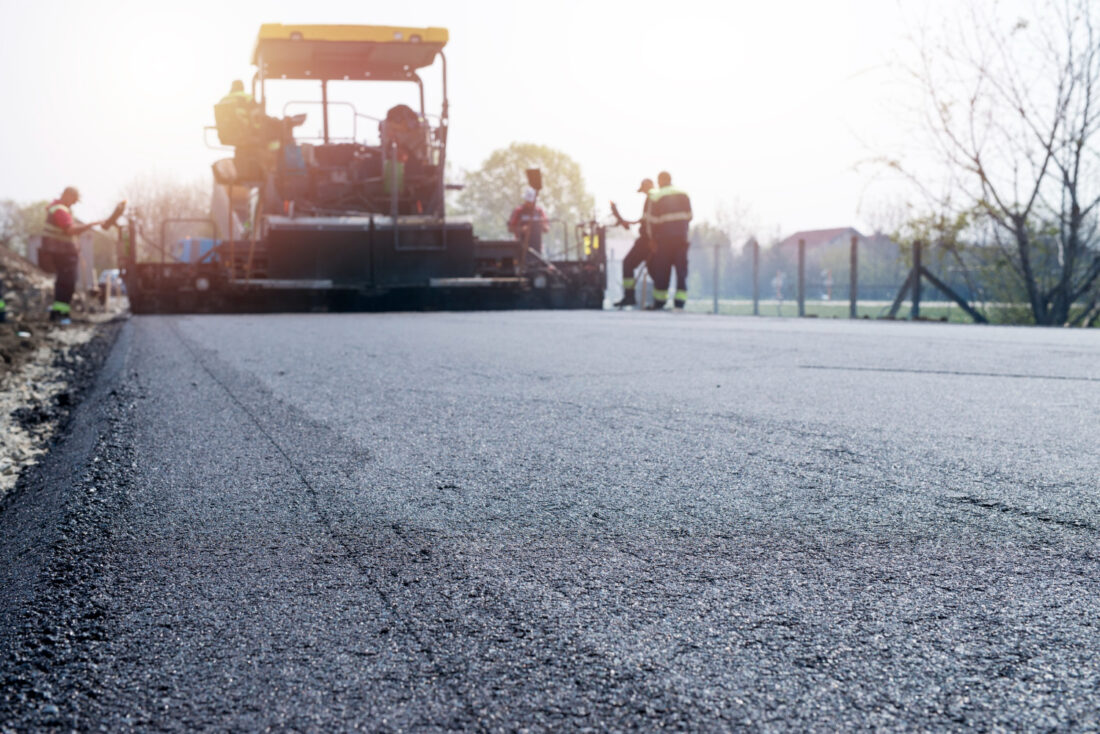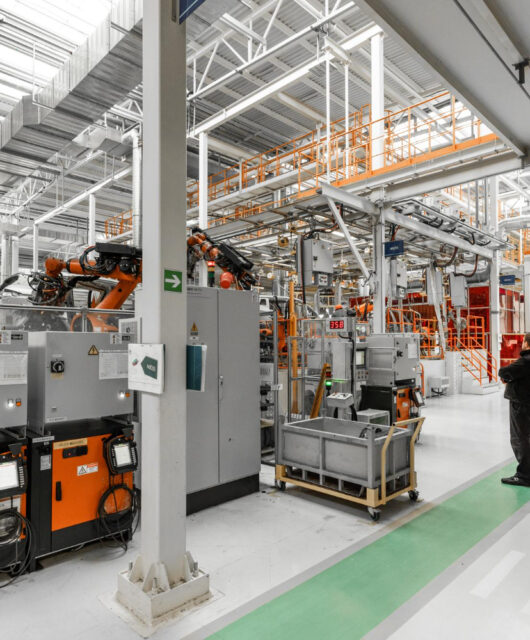Sustainable Road Repair: An Environmental and Economic Approach to Pavement Management
 Key Takeaways:
Key Takeaways:
- Eco-friendly road repair materials can reduce the environmental impact and offer economic benefits.
- Advancements in technology are revolutionizing sustainable road repair with long-lasting results.
- Community involvement and government support are essential for the success of sustainable road practices.
Table of Contents
- Understanding the Impact of Road Repair on the Environment
- Benefits of Using Eco-Friendly Materials for Road Repair
- Advancements in Road Repair Technologies
- The Cost-Effectiveness of Sustainable Road Repair
- How Local Governments Can Implement Sustainable Road Repair
- Overcoming Challenges and Resistance to Change
- Looking Ahead: The Road to a More Sustainable Future
With growing environmental awareness, sustainable practices are becoming the new standard across industries, including road repair and pavement management. Materials are drawing attention, challenging the misconception that environmental initiatives cannot be economically viable. This article spurs a conversation on how sustainable road repair methodologies are shaping a greener and more cost-effective future in infrastructure.
Understanding the Impact of Road Repair on the Environment
Traditional asphalt production can leave a hefty carbon footprint, yet alternatives challenge this norm. For example, eco-friendly materials and methods, such as cold-mix and warm-mix asphalt, decrease the energy required for production and laydown, thus reducing related greenhouse gas emissions. Additionally, eco-friendly options often allow for incorporating recycled materials, diminishing the demand for new raw resources and the accompanying environmental degradation.
Benefits of Using Eco-Friendly Materials for Road Repair
Incorporating eco-friendly materials such as EZ street asphalt in road repair is fiscally sound and environmentally beneficial. Governments and communities increasingly recognize the long-term savings possible through reduced repair and maintenance efforts—a consequence of using more durable and recyclable materials. Studies and real-world examples, such as applying alternatives like Cold Mix Asphalt, reinforce this outlook. These materials extend pavement lifespans while being earth-friendly.
Advancements in Road Repair Technologies
Revolutionizing road repair, technology is pushing ahead with new techniques and materials that are game-changers. For instance, self-healing asphalts leverage the natural properties of certain materials to mend cracks, drastically extending the road’s useful life and limiting the need for frequent maintenance. Additionally, integrating smart sensor networks within roadway infrastructure can detect repair needs early, enabling more efficient maintenance scheduling and reducing overall costs.
The Cost-Effectiveness of Sustainable Road Repair
While initial costs of using eco-friendly materials can be higher than traditional methods, the long-term financial analysis often paints a different picture. Eco-friendly materials such as high-performance asphalts may incur less frequent repairs, reducing long-term expenditure. This extended lifespan is economically beneficial and avoids the repetitive disruption to traffic and commerce that road repairs often cause.
How Local Governments Can Implement Sustainable Road Repair
Local government agencies have the authority to foster sustainability through public policy. Measures include specifying eco-friendly materials in municipal projects or providing incentives. Embracing these strategies can align with environmental objectives and demonstrate a commitment to long-term cost savings and community well-being. Government grants and educational programs must also play a part in ensuring both the actualization of these projects and the informed consent of the electorate.
Overcoming Challenges and Resistance to Change
Resistance to sustainable road repair methods often stems from established habits and a need for more information about new technologies. By dismantling misconceptions and emphasizing the data supporting these methods’ economic and environmental advantages, communities and industries can transition smoothly to better practices. Success stories and pilot programs that showcase the effectiveness of sustainable materials work well to illustrate their prowess and dispel doubts.
Looking Ahead: The Road to a More Sustainable Future
As futuristic as they may seem, greener pavement options are already within reach, promising a harmonious blend between human needs and environmental considerations. Fostering innovation and encouraging cross-sector collaboration can help realize new horizons in sustainable road repair. The collective mission of governments, industries, and citizens will be the driving force in laying down not just asphalt but the groundwork for a sustainable legacy in infrastructure.
The narrative around pavement sustainability continues to evolve as industry leaders explore green roadways and their implications for future infrastructural developments. Similarly, the futuristic view of pothole management demonstrates a radical improvement in road repair technologies that align to minimize environmental impact while optimizing performance and longevity. Ultimately, these practices must be widely acknowledged and applied to the journey towards a more sustainable, eco-conscious pavement industry.









